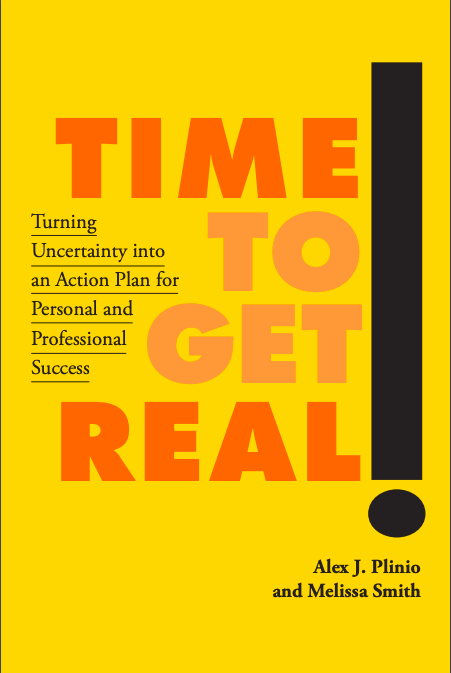In the workforce in the United States today, as well as in other developed countries around the world, there are five specific age groups. There are significant differences in how these five age groups perceive themselves, and there are specific differences in how they would like to be treated in communication, supervision, and the working environment. In our book Time To Get Real!, the chapter entitled “Crossing Age Groups and Cultures” provides an overview of these differences. Much has been written about Traditionalists (1928-1945), Baby Boomers (1946-1964), Generation X (1965-1980), and the Millennials (1981-1998). It is more recently that the characteristics of Generation Z (1999 to present) are coming sharply into focus.
Core characteristics of Generation Z
In this blog, we will learn more about these newcomers to the workforce. According to an article by the Annie E. Casey Foundation, “One of the core characteristics of Generation Z is racial diversity. For many Gen Z-ers, the backdrop of their early years included the country’s first Black president and the legalization of gay marriage. They are more likely to have grown up amid diverse family structures — whether in a single-parent household, a multi-racial household, or a household in which gender roles were blurred. As a result, they are less fazed than previous generations by differences in race, sexual orientation or religion.”
One of the core characteristics of Generation Z is racial diversity.
The article explains, “Another characteristic of Generation Z is their native use of technology. Whereas Millennials were considered “digital pioneers,” who bore witness to the explosion of technology and social media, Gen Z was born into a world of peak technological innovation — where information was immediately accessible and social media increasingly ubiquitous.”
In addition, the article describes their purchasing behavior. “As consumers, Gen Z’s behavior reflects their values — and the influence of an increasingly digital world. Gen Z kids can rely on their tech-savvy and extensive social networks to make informed purchasing decisions. Their pragmatism leads them to explore and evaluate a range of options before settling on a product. In addition, they are more likely to be swayed by the recommendations of real-life users than by celebrity endorsements.”
Understanding generational differences
In your life and career, you will come into contact with many individuals, and increasingly with members of the Gen Z group, who may not view life in the same way you do. You, as does everyone, belong to a specific age group that has distinct characteristics--many, but not all, of which you may embody yourself. It is helpful when developing and deploying your life and career plan to understand the generational differences among groups of people.
To buy the book, click here.
Our book is rated 4.5 stars on Amazon.
We recommend that in addition to reading our book Time To Get Real! and working through the Life and Career Planning Model© that it provides, consider some amount of personal coaching that can help you to discern and activate your life’s mission and move you toward the best life and career that you deserve. Our coaching fees and services are flexible and meet a broad array of client financial and coaching needs. All Life and Career Planning LLC coaches are experienced and certified in the Life and Career Planning Model© and serve as your accountability partner as you read each chapter of the book and capture your thoughts in the interactive exercises. To inquire about working with a coach, click here.




